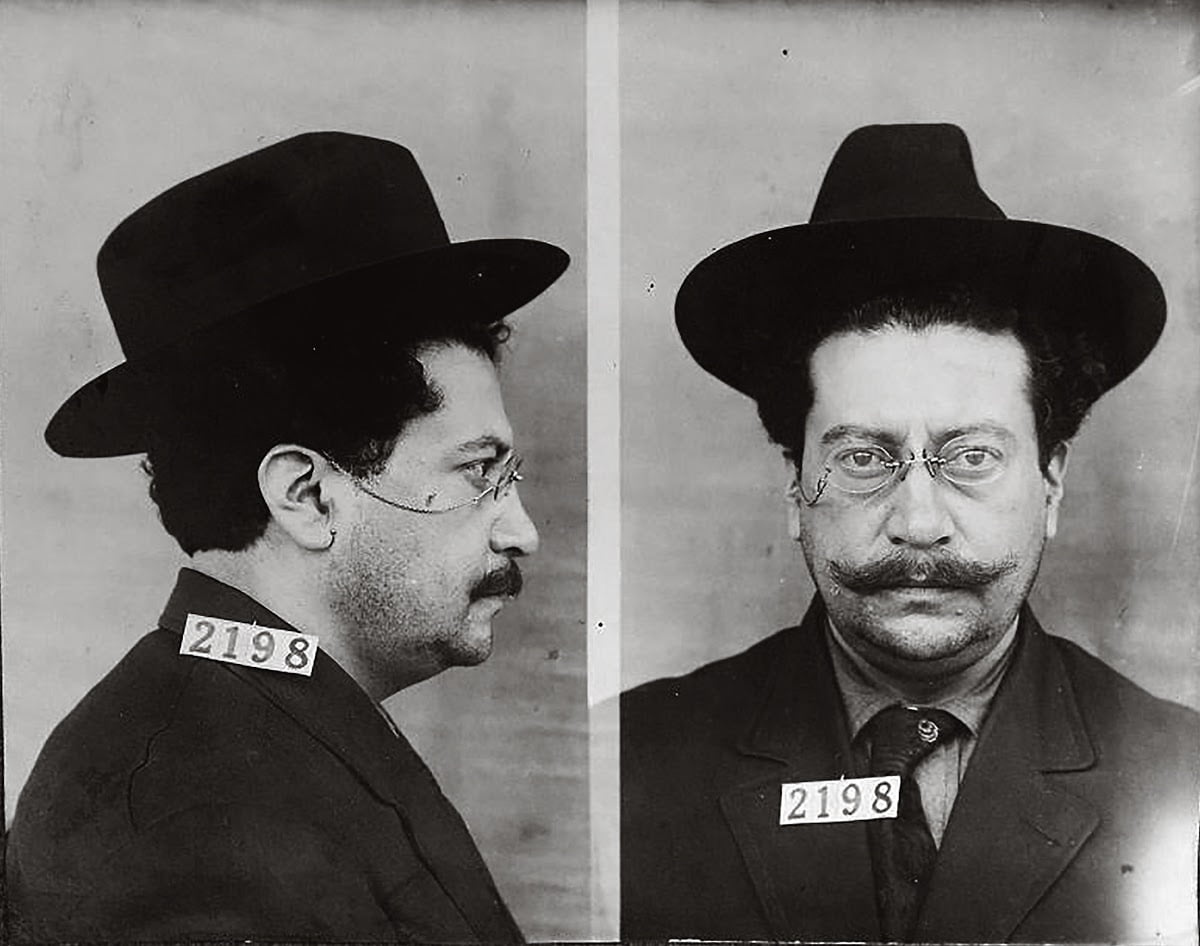Ricardo Flores Magón: Anarchism and the Mexican Revolution
Ricardo Flores Magón's political stance was determined by his anarchist and socialist readings, and it was in anarchism, a political movement that he embraced throughout his life, where he would find the basis of his thought and action.





